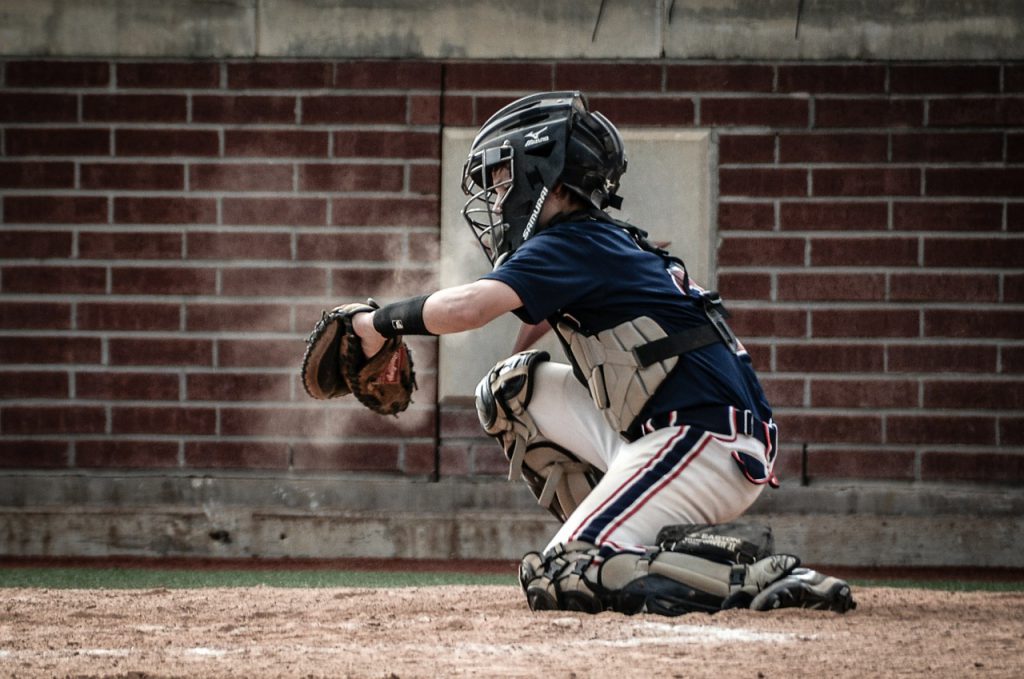New to the Game? Learn the Basics of Baseball Equipment
Baseball: It’s one of the most popular sports of all time, perhaps thanks to the fact that just about
anybody can learn the basics and start playing. There’s very little required in terms of baseball
equipment, and while it’s preferable to play on a field, you can practice your skills just about anywhere.
Ready to learn the basics of baseball equipment? Let’s get started!
It All Starts with the Baseball
Pick up a baseball and see if you can stop yourself from rotating it in your hand, tossing it in the air, and
imagining yourself pitching it towards an eager batter. It’s not easy, is it? The basic baseball is a simple
sphere with a rubber or cork center wrapped in up to one mile of string and covered with leather or
synthetic material, which is usually white in color.
Official baseballs weigh between 5 and 5.25 ounces, and are stitched in a distinct herringbone pattern,
usually in red thread that contrasts with the white covering. The stitching is slightly raised, and
depending on a pitcher’s skill, those stitches can cause the ball to curve or swerve as it catches its air on
the way toward the batter.
Next Up: The Baseball Bat
No set of baseball equipment is complete without at least one bat! Baseball bats come in different sizes
and weights to accommodate different players. Traditional baseball bats like the famous Louisville
Slugger are made of ash and other types of wood; however, it’s often acceptable to play with an
aluminum bat if that’s what you prefer! You can wrap the handle with rubber tape if you find it difficult
to keep a good grip.
Important Safety Equipment: Batting Helmets and More
Fast-flying balls and rapidly swinging bats can inflict painful injuries, making safety equipment an
important part of every baseball game. The type you’ll need depends on the position you play as well as
your gender.
◘ Batting Helmets – All batters should wear helmets, which are designed to prevent head injuries.
◘ Catcher’s Equipment – Catchers are at risk of being impacted frequently, making protective gear
essential for the position. A special helmet with a face guard, a special glove with extra padding,
a chest protector, knee savers, and shin guards make up the ensemble. It’s important to note
that catcher’s mitts are larger than fielding gloves.
◘ Athletic Cups – If you’re male, it’s a good idea to wear a cup to protect yourself from flying balls,
accidental contact with fast-moving players, and other impacts.
◘ Gloves – Batting gloves can protect your hands during intensive batting practice sessions, plus
they can save you from a painful rash caused by sliding into a base! While not considered
standard, essential baseball equipment, these protective gloves are inexpensive, and are nice to
have.
 Get Ready to Catch: Fielding Gloves
Get Ready to Catch: Fielding Gloves
If you’ve ever caught a baseball with your bare hands, then you know that it can cause quite a sting! A good fielding glove protects your hand and makes it far easier to catch a ball that’s coming your way.
While fielding gloves are traditionally made of leather and lined with fleece, they’re also available in synthetic materials. Be sure to spend lots of time playing catch to familiarize yourself with your new baseball glove and get it well-broken in before your first big game.
See the Ball: Be Sure to Wear a Baseball Hat!
Baseball hats are stylish, but that’s not all: They were designed with a specific purpose in mind. Besides offering the perfect canvas for your team’s logo, your baseball hat shades your eyes from the sun’s glare and makes it easier to see balls that are headed your way. Add a pair of sunglasses for even more protection.
Choose Sports-Specific Footwear: Baseball Cleats
Do you have to wear cleats to play baseball? If you’re enjoying a casual game between friends, then the
answer is probably no. If you’re part of a team, then you might be required to wear cleats and it’s
possible that your coach will tell you what kind to get. Baseball cleats are designed to help you keep a
grip on the ground during game play, reducing the likelihood of accidental injury. They’re distinguished
from football and soccer cleats by special spikes that are located near the toes.
Bases: Yep, You can Buy Your Own!
If you’re into casual games, then consider getting a set of bases of your own. Perfect for tossing down
wherever you happen to be, they are easy to see and can help you set up a quick ballgame anywhere.
Most sets include a pitcher’s rubber, along with three bases and a home plate.
Keep Your Baseball Equipment Organized: Bat Bags and More
Last but not least, prevent damage and keep your equipment organized and ready to go at a moment’s
notice with special gear bags designed to accommodate bats and other bulky gear. Be sure to
personalize with your name so that there are no mix-ups.
That’s it: Now that you’re geared up with all the essentials, it’s time to play ball!
Author Bio:
Coraline Huard is a writer and infopreneur. Her long experience has a blogger made her an expert on
different niches like sport As a blogger, she believes in quality content and backs up all of her posts with
relevant research information.







